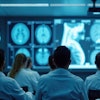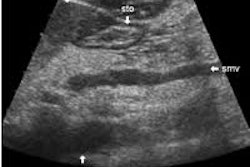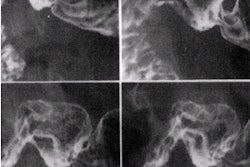Gastric bypass (GBP) is one of the fastest-growing surgical procedures in the U.S. today. And while many see the surgery as a good way to achieve rapid weight loss, imaging facilities are finding that GBP patients can be a heavy burden, according to an article we’re featuring this week in our X-Ray Digital Community.
Imaging procedures are an important part of GBP surgeries, and are used to detect surgical complications such as small bowel obstructions and leaks. Most postsurgical complications can be detected by an upper GI series, followed by CT if necessary, according to our story by contributing editor Deborah R. Dakins. In some cases, imaging findings have led GBP providers to change their surgical techniques.
But scanning morbidly obese patients is no picnic for radiology professionals. GBP patients can weigh 400 pounds or more, beyond the limits of some fluoroscopic or CT equipment. Large patients are also difficult for radiologic technologists to handle safely.
Fortunately, our article details some of the protocols and techniques that can be used to safely accommodate GBP patients. Find out more about them by visiting our X-Ray Digital Community, at xray.auntminnie.com. And while you’re there, check out our latest article on x-ray patient positioning by Dr. Naveed Ahmad -- this week’s feature is on routine projections for imaging the cervical spine.



















